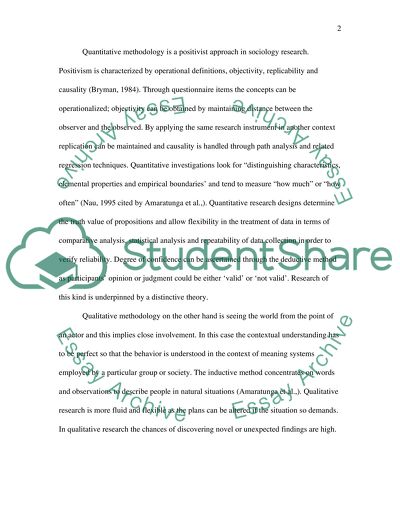Cite this document
(Quantitative and Qualitative Research Case Study, n.d.)
Quantitative and Qualitative Research Case Study. Retrieved from https://studentshare.org/systems-science/1542611-quantitve-and-qualitative-method-of-research-sociology
Quantitative and Qualitative Research Case Study. Retrieved from https://studentshare.org/systems-science/1542611-quantitve-and-qualitative-method-of-research-sociology
(Quantitative and Qualitative Research Case Study)
Quantitative and Qualitative Research Case Study. https://studentshare.org/systems-science/1542611-quantitve-and-qualitative-method-of-research-sociology.
Quantitative and Qualitative Research Case Study. https://studentshare.org/systems-science/1542611-quantitve-and-qualitative-method-of-research-sociology.
“Quantitative and Qualitative Research Case Study”. https://studentshare.org/systems-science/1542611-quantitve-and-qualitative-method-of-research-sociology.


